Dr. Bettina Love's new book, We Want to Do More Than Survive: Abolitionist Teaching and the Pursuit of Educational Freedom, calls out deep-seated racism and injustice in our educational system. Drawing on her experiences growing up as a black lesbian and teaching poverty-stricken black and brown children in Florida, Love brings the intersectional problems to the forefront while offering viable solutions. Follwoing is an excerpt.
In 2010, syndicated columnist and author Dan Savage, along with his partner, Terry Miller, both White men, uploaded a video to YouTube hoping to inspire LGBTQ youth to stay resilient and hopeful as they experience verbal and physical harassment in their schools, communities, and/or homes. Savage's video was the lynchpin for the international campaign It Gets Better. As the campaign's popularity skyrocketed, celebrities, politicians, and activists posted videos encouraging youth to stay strong and imagine going off to college, leaving bullies behind, or moving away from their small, homophobic town to the diverse, gay-friendly big city. It Gets Better's simplistic and disingenuous metanarrative argued that once high school ends, miraculously all bullying stops and homophobia is somehow subdued in urban America. It Gets Better, with all the bells and whistles of social media and celebrity star power, revamped the old message of: pull yourself up by your bootstraps and live the heteronormative (that is, the idea that the traditions of heterosexuals are the norms for all members of society) dream of children and marriage.
Equally significant to the heteronormative critiques of It Gets Better, the campaign also Whitewashed queerness. "Queer" is a widely used catchall term in the LGBTQ community. It can describe someone's sexuality or nonconforming gender identity, or it can be used to reject labels and binaries (male, female) altogether, but the word also functions as a space to think, act, perform, create, and be outside what is considered 'normal,' particularly what White, straight, middle-class America says is normal. It Gets Better's aspirational claims that queer life gets better were solely for White, young, gay men who are middle class to wealthy.
There was not much queer about It Gets Better other than sexuality, and queer is much more than who you love, marry, or have sex with. The monolithic norming of the campaign overlooked and ignored the experiences of dark queer youth, poor queer youth, dark poor queer youth, queer youth who are undocumented, dark queer youth with dis/abilities, and Muslim queer youth. The campaign centered Whiteness, exclusively. According to Michael Johnson Jr., queer youth of color in the It Gets Better videos '"ppear infrequently if at all, and rarely are such messages addressed to the unique plight that queer youth of color face in American society." It Gets Better's treatment of dark queer youth is symptomatic of society at large. For example, a report by the advocacy group Advocates for Youth found that 42 percent of homeless youth are queer; however, 65 percent of queer homeless youth are racial minorities. The report also found that queer youth of color report experiencing victimization in schools, either because of race or sexual identity; in the same report, more than a third of queer youth experienced physical violence. Queer youth of color, particularly dark queer youth, 'grow up in a hegemonic White world, living on the periphery of a White-dominant society, ostracized both for their sexual desires and racial identity.'
It Gets Better is a good example of why we need theory that centers sexuality as well as race, gender, class, and other identities. Black queer studies is an important field for understanding sexuality in relationship to other identities. The need for Black queer studies came about because queer studies and queer theory ignored the concerns of queer Black people. Political scientist and Black feminist Cathy Cohen suggests that "queer theorizing that calls for the elimination of fixed categories of sexual identity seems to ignore the ways in which some traditional social identities and communal ties can, in fact, be important to one's survival." Queer theory must address how dark people and queer dark people build community together to survive homophobia, racism, classism, and possibilities for intersectional social justice.
This need is why E. Patrick Johnson coined the term "quare" studies. Johnson defines quare as
--adj. 2. a lesbian, gay, bisexual, or transgendered person of color who loves other men or women, sexually or nonsexually, and appreciates Black culture and community.
--n. 3. one who thinks and feels and acts (and, sometimes, "acts up"); committed to struggle against all forms of oppression--racial, sexual, gender, class, religious, etc.
--n. 4. one for whom sexual and gender identities always already intersect with racial subjectivity.
--n. 4. quare is to queer as "reading" is to "throwing shade."
Resistance and loving Blackness are essential elements of quare studies. You do not have to be lesbian, or a gay person, or a bisexual individual, or identify as transgendered to use and/or be quare. Quare studies is interested in the ways dark people subvert spaces, identities, and resources to ensure our survival. We all need quare studies as a lens for liberation, freedom, and abolitionism."
Excerpted from We Want to Do More Than Survive: Abolitionist Teaching and the Pursuit of Educational Freedom by Dr. Bettina Love, courtesy of Beacon Press. It's available everywhere February 19.




























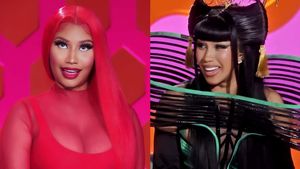
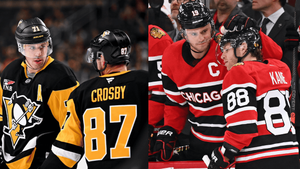



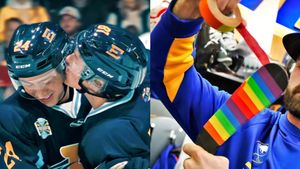

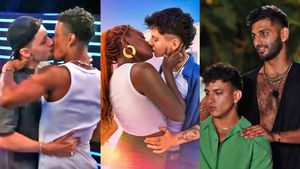







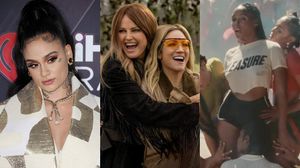



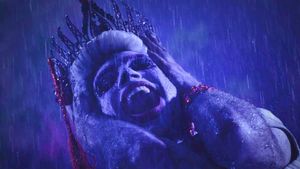




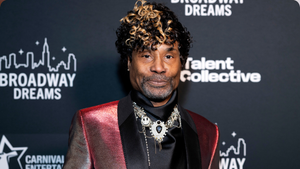
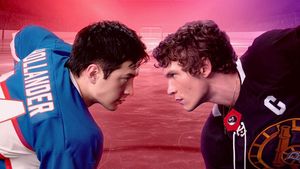


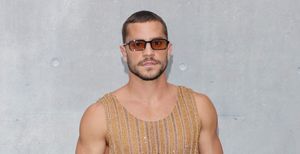

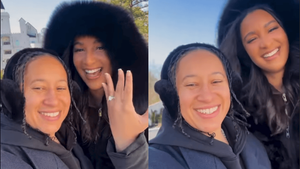


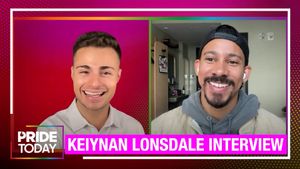


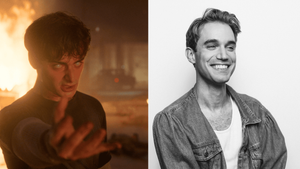
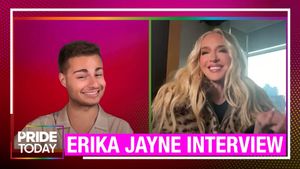


Charlie Kirk DID say stoning gay people was the 'perfect law' — and these other heinous quotes